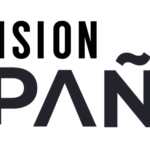What Is Image Alt Text?

If you’ve ever moused over an image on a web page or blog before and seen a caption pop up by your mouse cursor, congratulations: you’ve discovered image alt text. Image alt text, also called image alternative text, is an HTML-based tag for an image on any web page that offers a short, descriptive summary of the content of an image to users. While it may seem like an extraneous, unnecessary feature, image alt text is key to making your websites more friendly to people with disabilities and nabbing your site a higher ranking on search engines.
In this article, we’ll explore why including image alt text on your web pages is a good idea and how it can benefit your website’s accessibility, search engine optimization (SEO) score, and user experience. It will also save you a potential headache when it comes to legal compliance.
What Is Image Alt Text and How Does It Work?
Whenever you add an image to a blog post, web page, or other content, you can attach an HTML description to it. This can be something very simple. For instance, if you are making a web page about a Toyota dealership and have a picture of a young woman driving a new Toyota, you simply write image alt text saying just that: “young woman driving a new Toyota.”
You can also get significantly more descriptive with your image alt text, and that is where the true value lies. For instance, you could write a longer description, like “Young woman driving new Toyota Highlander on sunny Southern California coast.” This not only provides a much more useful description, but it also is crawlable by search engines, giving greater context to the content of your article.
Remember that the bots that index pages for search engines like Google and Bing don’t just read the text on the page; they read meta text too, which includes descriptions, titles, and image alt text.
Now that you understand what image alt text is, let’s go over a few reasons why you should include it on your website:
Reason #1: Accessibility
The primary reason to include image alt text on a web page is that this is more accessible to users who have visual disabilities. Whether a reader is blind or visually impaired, many rely on screen readers to help them navigate the internet. When screen readers encounter an image that lacks alt text, they can’t explain what is happening in the image, which leaves the user with an incomplete understanding of the page. However, if an image has descriptive image alt text, screen readers can accurately describe its content so that a visually impaired user can fully comprehend the content on the page.
It isn’t just users with visual impairments who benefit. It can also help users with cognitive disabilities. Individuals who struggle with visual processing might benefit from text-based descriptions or descriptions that can be read aloud to them. By including image alt text, users with a range of disabilities can understand the content of images, improving their experience on your website.
It also isn’t limited to people with disabilities. Users with poor web connections or older devices that might not be able to load full-size images can benefit when they understand what they were supposed to see, even if it’s not loading for them.
Reason #2: Search Engine Optimization (SEO)
We know it can feel like Google and Bing are magic with how they turn up relevant results to your search queries, but in reality, they’re just very good at analyzing what’s on a given web page. Search engines like Google use all available data to determine whether a page is relevant to a given source, and that includes image alt text.
When an image has descriptive alt text, it becomes easier for search engines to index that page’s content and determine that it’s relevant to a particular search, which can lead to higher placement on search engine results pages (SERPs).
When you include relevant keywords in your image alt text, you improve your website’s SEO ranking, since search engines include this alt text in the web page’s content.
Reason #3: User Experience
Even users who don’t have slow connections or disabilities can appreciate image alt text, since it allows them to quickly understand the purpose of a visual element. When a user hovers over an image, the alt text appears as a pop-up, providing them with additional context about the image.
This can be especially useful for users who may not be familiar with the content on your website, as it allows them to quickly understand the purpose of an image without having to read a lengthy caption. By providing users with clear and concise alt text, you can improve their overall experience on your website and make it more user friendly.
Reason #4: Legal Compliance
It’s not just about being considerate. The Americans with Disabilities Act (ADA) requires websites make every effort to be accessible to users with disabilities, such as blindness or other visual impairments. If you don’t include image alt text on your web posts, you could be legally liable. If your website is consistently not welcoming to users with visual or cognitive impairments, you could find yourself vulnerable in the future.
Including image alt text on your articles itself will not ensure your website is ADA compliant. However, it certainly won’t hurt, which is why—in addition to all of the other reasons previously mentioned—it is always a good idea to ensure that every image on your web pages, blog posts, or other content is using image alt text to cover the visual element.
If you need help with making your website more accessible, InnoVision Marketing Group would be happy to lend a hand. Reach out today and see how we can help you market your business.

















